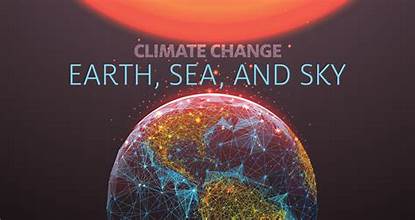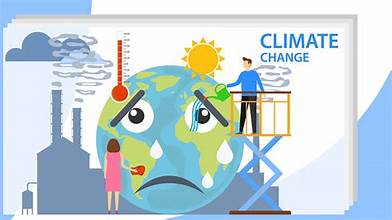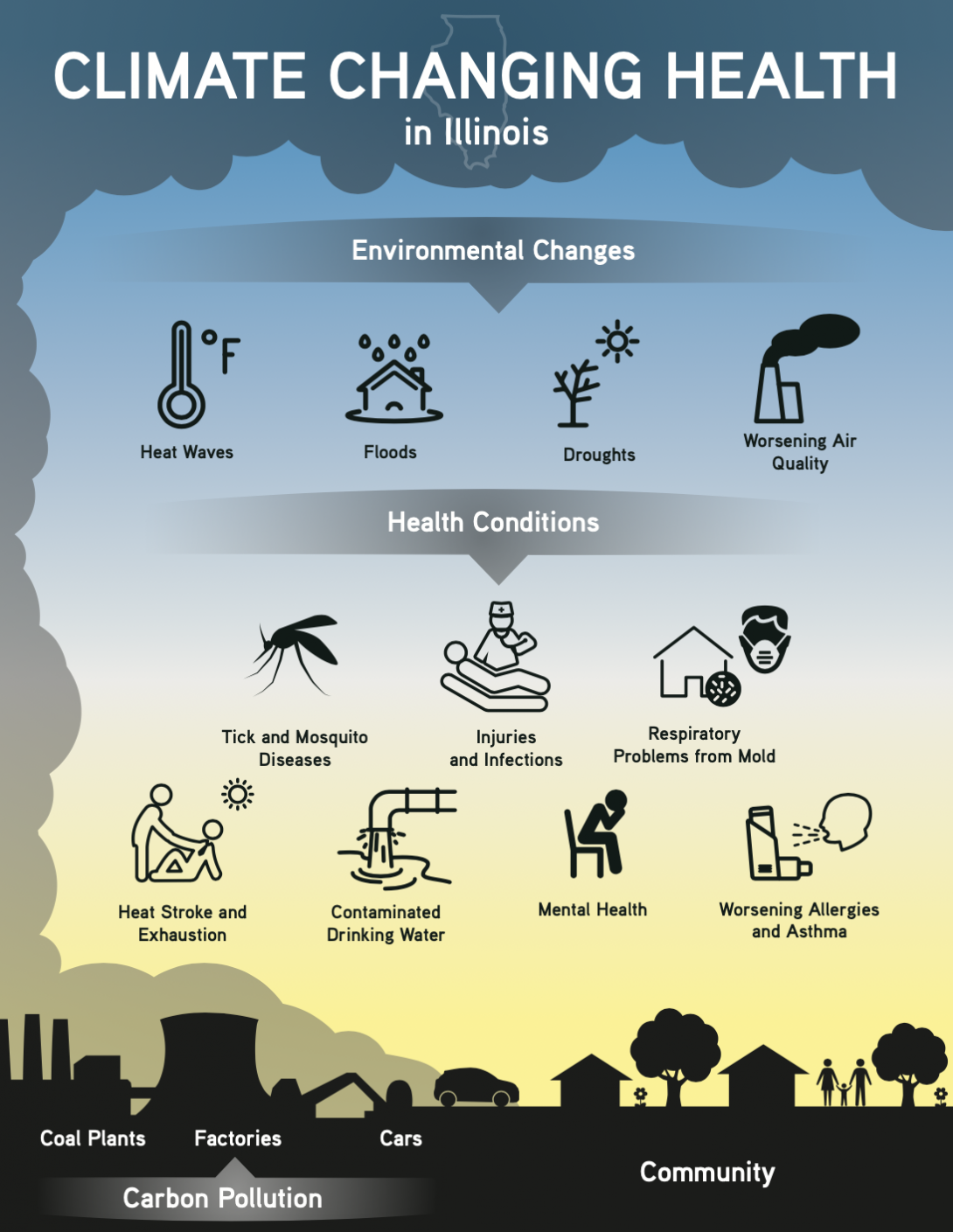Climate change, an escalating global crisis, is altering not just the physical environment but also the essence of our hometowns. As temperatures rise, weather patterns shift, and ecosystems are disrupted, many of us are witnessing our familiar surroundings transform into something unrecognizable. This article delves into how climate change is reshaping our hometowns, making them feel like entirely different places.
1. Rising Temperatures and Heatwaves
One of the most noticeable effects of climate change is the increase in average temperatures. Summers are becoming hotter and longer, with record-breaking heatwaves becoming a common occurrence. For many towns and cities, this means an increased demand for air conditioning and a higher risk of heat-related illnesses.
For instance, regions that once enjoyed mild summers are now experiencing temperatures that rival those of traditionally hotter areas. This shift not only impacts human comfort but also stresses local infrastructure, such as power grids and water supplies.
2. Altered Precipitation Patterns
Climate change is also causing significant changes in precipitation patterns. Some areas are experiencing increased rainfall and flooding, while others face prolonged droughts. These changes can drastically alter the landscape of a town.
Flooding can lead to damaged homes, businesses, and infrastructure, making once-safe areas feel vulnerable. On the other hand, droughts can lead to water shortages, affecting everything from agricultural productivity to the availability of drinking water. Both extremes can make living in these towns feel increasingly precarious.
3. Shifting Ecosystems and Wildlife
As temperatures and precipitation patterns change, so do local ecosystems and wildlife. Plants and animals that once thrived in a particular climate may struggle to survive, while invasive species may find the new conditions ideal.
For example, a town that was once known for its lush greenery and diverse wildlife might now find its forests thinning and its animal populations dwindling. Conversely, pests and diseases that were previously unheard of in the area may become prevalent, posing new challenges for local residents and authorities.
4. Sea Level Rise and Coastal Erosion
For coastal towns, rising sea levels and increased storm intensity are causing significant changes. Erosion of beaches, loss of coastal habitats, and increased flooding during high tides and storms are becoming more common.
Residents of these areas may find that their once-pristine beaches are shrinking, their homes are at greater risk of flooding, and local businesses that rely on tourism are struggling to adapt. The sense of security and stability that once characterized these coastal towns is being eroded along with the shoreline.
5. Impact on Local Agriculture
Climate change is also affecting local agriculture, a cornerstone of many towns’ economies and cultures. Changes in temperature and precipitation can lead to shifts in growing seasons and crop viability.
Farmers may find that traditional crops no longer thrive in the changing climate, forcing them to adapt by planting new varieties or changing their farming practices. This can lead to a loss of local food traditions and increased dependence on imported goods, further altering the character of the town.
6. Increased Natural Disasters
The frequency and severity of natural disasters, such as wildfires, hurricanes, and tornadoes, are increasing due to climate change. These events can have devastating effects on towns, destroying homes, infrastructure, and natural landscapes.
Communities that were once considered safe from such disasters are now finding themselves at risk. The constant threat and occasional reality of these disasters can make residents feel as though their hometown is no longer a safe place to live.
7. Social and Economic Impacts
The physical changes brought about by climate change also have social and economic implications. Increased energy costs, insurance premiums, and the need for new infrastructure can strain local economies. Additionally, the stress and uncertainty associated with these changes can impact the mental health and well-being of residents.
In some cases, entire communities may be forced to relocate, either temporarily or permanently, due to the uninhabitable conditions caused by climate change. This can lead to a loss of community identity and cohesion, as well as economic challenges associated with relocation.
Adapting to the New Normal
While the changes brought about by climate change can be daunting, communities around the world are finding ways to adapt. This includes investing in resilient infrastructure, adopting sustainable practices, and developing early warning systems for natural disasters.
On a personal level, residents can contribute by reducing their carbon footprint, supporting local conservation efforts, and staying informed about climate change and its impacts. By taking proactive steps, communities can mitigate some of the adverse effects and preserve the essence of their hometowns.
Conclusion
Climate change is undeniably reshaping our hometowns, making them feel like unfamiliar places. The rising temperatures, altered precipitation patterns, shifting ecosystems, and increased natural disasters are just a few of the ways in which our familiar surroundings are changing. While the challenges are significant, there are also opportunities for communities to adapt and become more resilient. By acknowledging the impacts of climate change and taking action, we can work towards preserving the unique character and livability of our hometowns for future generations.


